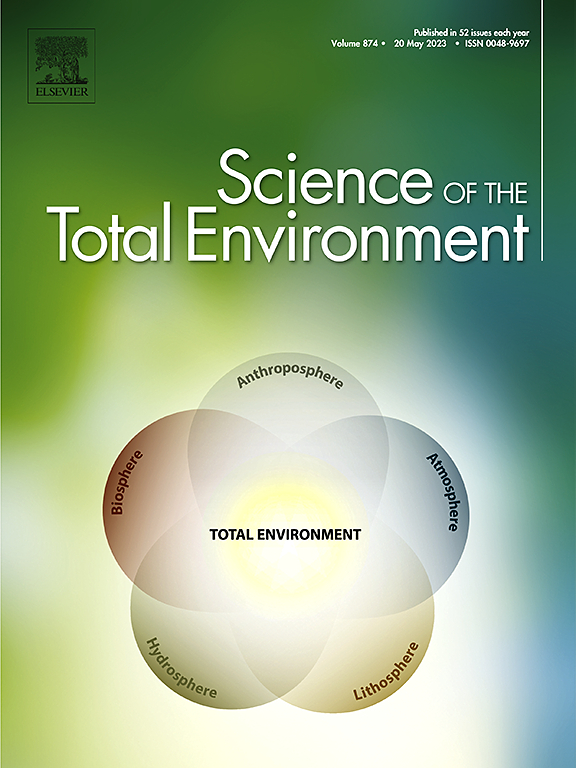Organic ligands have great potential to modulate the structure of iron oxides mineral in the natural environment and affect those minerals’ adsorption performances for arsenic species. This study was designed to examine the adsorption potential of goethite quantum dots impregnated graphene oxide hybrids (α-FeOOH QDs@GO) obtained through the consecutive modulation of β-FeOOH with organic ligands acetate (Ac) and graphene oxide (GO) comparing with that of akaganeite impregnated GO (β-FeOOH@GO) and akaganeite (β-FeOOH). The organic modulation greatly changes the structural properties of those three iron oxides hybrids with various crystalline, morphology, particle size, and surface area, thus leading to the obviously different arsenate (As(V)) and arsenite (As(III)) adsorption performances. The maximum As(III) adsorption capacity on α-FeOOH QDs@GO is 147.38 mg g−1, which is 2.52 and 4.60 times larger than that of β-FeOOH@GO and β-FeOOH, respectively. The maximum As(V) adsorption capacity on β-FeOOH@GO is 69.03 mg g−1, which is 1.62 and 4.15 times larger than that of α-FeOOH QDs@GO and β-FeOOH, respectively. The arsenic adsorption mechanism on α-FeOOH QDs@GO reveals that hydroxyl and Ac ligand exchange were the main pathways for arsenic adsorption. © 2021 Elsevier B.V.
2021
α-FeOOH quantum dots impregnated graphene oxide hybrids enhanced arsenic adsorption: The mediation role of environmental organic ligands
- Science of the Total Environment
